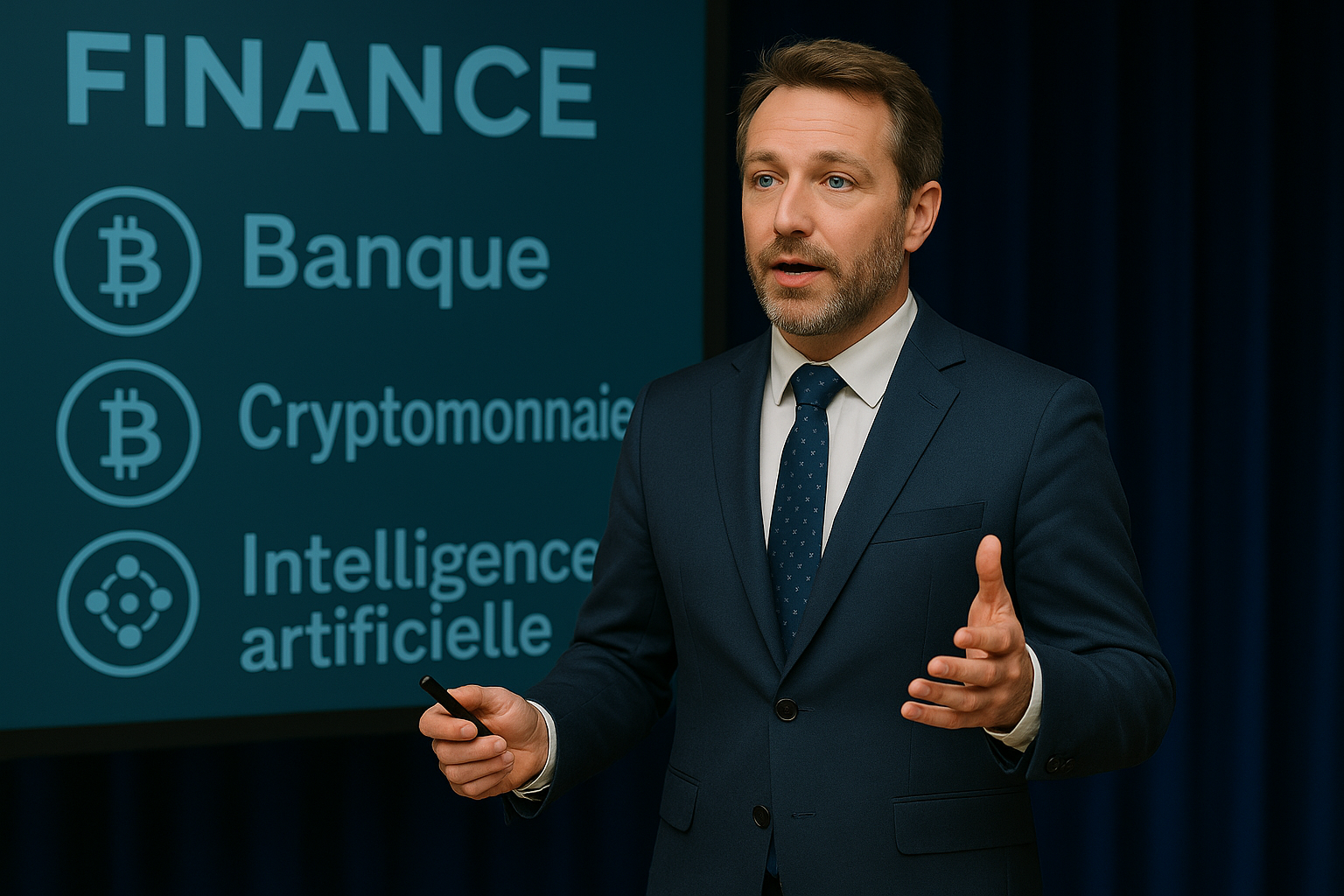Green AI: Ride the ESG Wave & Cash in Sustainably! Are You Ready?
What Even *Is* Green AI Anyway? And Why Should You Care?
Okay, honestly, when I first heard the term “Green AI,” I rolled my eyes. It sounded like another one of those buzzwords that consultants throw around to justify their fees. Like, seriously? AI? Green? It felt like someone had just stuck two trendy words together and hoped for the best. But you know me, I had to dig a little deeper. And what I found? It was actually pretty cool. And kinda blew my mind.
So, basically, Green AI isn’t about building robots that plant trees (although, hey, that *would* be awesome). It’s about using artificial intelligence to help companies achieve their Environmental, Social, and Governance (ESG) goals. ESG, in case you’re not familiar, is all about investing in companies that are doing good things for the planet and its people. It’s about sustainability, ethical practices, and making a positive impact. You know, the opposite of that mega-corporation that’s been dumping toxic waste in the river for decades. And that’s a HUGE problem, right? Like, we need to solve that, so, good for AI for potentially helping out.
Think about it: AI can analyze massive amounts of data to identify environmental risks, optimize resource usage, and even predict social impacts. We’re talking about using AI to make smarter investment decisions, supporting companies that are truly committed to sustainability, and, ultimately, driving positive change. That’s Green AI.
And, here’s the kicker: it’s not just about doing good; it’s about making money too. Sustainable investing is becoming increasingly popular, and companies that prioritize ESG are often more resilient and better positioned for long-term success. So, by embracing Green AI, investors can not only contribute to a better world but also potentially boost their returns. What’s not to love? (Besides the initial eye-roll factor, of course).
My “Aha!” Moment with ESG (and a Tiny Regret)
Okay, so I wasn’t always on the ESG bandwagon. I used to think it was all hype and virtue signaling. Honestly, I was probably a bit cynical. I remember a conversation I had with a friend, Sarah, about five years ago. She was all excited about investing in solar energy companies, and I was like, “Yeah, yeah, green energy, blah blah blah, not profitable.” Ugh, I cringe just thinking about it.
The funny thing is, I actually *did* dabble in renewable energy stocks back in 2018. I put a small amount of money into a company that was developing some pretty innovative wind turbine technology. It went up, it went down, and honestly, I got bored and sold it after like, six months, for a tiny profit. Huge mistake. HUGE. If I’d just held on for a few more years, I would have seen some serious gains. But, you know, hindsight is 20/20.
I didn’t really “get it” until a few years later when I started seeing more and more companies really integrate ESG into their core business models. It wasn’t just about slapping a “green” label on something; it was about fundamentally changing the way they operated. That’s when I had my “aha!” moment. It hit me: this wasn’t just a trend; it was a fundamental shift in the way businesses were thinking. And that’s when I started paying attention. And that is when I started looking for ways to invest more sustainably.
How AI is Supercharging ESG Investing: It’s Not Just About Feelings Anymore!
So, where does AI come in? Well, think about the sheer volume of data involved in evaluating a company’s ESG performance. We’re talking about everything from greenhouse gas emissions and water usage to employee diversity and supply chain ethics. Manually analyzing all that data would be a nightmare. It would take forever and you’d still be unsure of the accuracy. AI can automate this process, sifting through mountains of information to identify patterns, assess risks, and even predict future performance. It is like having a super-powered research assistant.
For example, AI can analyze satellite imagery to monitor deforestation and identify companies that are contributing to habitat loss. It can also track social media sentiment to gauge public opinion about a company’s ethical practices. This kind of real-time, data-driven insights can help investors make more informed decisions and avoid potentially damaging investments.
But it’s not just about risk assessment. AI can also help companies identify opportunities for improvement. For example, AI can analyze energy consumption patterns to identify areas where a company can reduce its carbon footprint. It can also optimize supply chains to minimize waste and improve efficiency. It really helps with identifying those problems and working to solve them.
And, honestly, that’s a game-changer. Before, ESG investing was often based on subjective assessments and gut feelings. Now, with AI, it’s becoming more objective, more data-driven, and more effective. Plus, it’s less about just *feeling* good about your investment and more about seeing real, tangible results.
Examples in the Wild: Green AI in Action Today
Okay, so let’s get down to brass tacks. How is Green AI actually being used in the real world? Well, there are tons of examples.
One really interesting one is in the area of sustainable agriculture. AI is being used to optimize crop yields, reduce water usage, and minimize the use of pesticides. Think about it: AI-powered drones can monitor crop health, identify areas that need attention, and even deliver targeted treatments. This not only improves efficiency but also reduces the environmental impact of farming. It’s like having a farmhand who never sleeps and never makes mistakes.
Another example is in the energy sector. AI is being used to optimize energy grids, predict energy demand, and integrate renewable energy sources. This can help reduce reliance on fossil fuels and accelerate the transition to a cleaner energy future. It is like a smart thermostat for the entire planet!
And then there’s the whole area of supply chain management. AI can be used to track the environmental and social impact of every step in the supply chain, from raw materials to finished products. This can help companies identify and address ethical and environmental risks, ensuring that their products are made in a sustainable and responsible manner. This creates a cycle of accountability and improvement.
Is Green AI the Future? (And What Are the Risks?)
So, is Green AI the future? Honestly, I think it is. It’s not a silver bullet, of course. But it has the potential to transform the way we invest and the way we do business. But, like any new technology, there are risks involved.
One of the biggest risks is data bias. AI algorithms are only as good as the data they’re trained on. If the data is biased, the AI will be biased too. This can lead to unfair or inaccurate assessments of ESG performance. We need to be careful to ensure that the data used to train AI algorithms is representative and unbiased. Otherwise, we risk perpetuating existing inequalities and injustices.
Another risk is the potential for misuse. AI could be used to “greenwash” unsustainable practices, making them appear more environmentally friendly than they actually are. Companies could use AI to cherry-pick data, highlighting positive aspects of their ESG performance while downplaying negative ones. We need to be vigilant in ensuring that AI is used ethically and transparently, and that it’s not used to mislead investors or the public.
And then there’s the whole issue of job displacement. As AI automates more and more tasks, there’s a risk that people will lose their jobs. We need to think about how to retrain and reskill workers so that they can adapt to the changing job market.
Getting Started: How to Dip Your Toes into the Green AI Pond
Okay, so you’re intrigued by Green AI. What’s next? Well, there are a few things you can do to start dipping your toes into the pond.
First, do your research. Learn as much as you can about ESG investing and Green AI. There are tons of resources online, including articles, reports, and webinars. Read books, follow experts on social media, and attend industry events. The more you know, the better equipped you’ll be to make informed decisions.
Second, consider investing in ESG-focused funds or ETFs. These funds invest in companies that meet certain ESG criteria. They can be a good way to diversify your portfolio and support sustainable businesses. Just make sure you do your due diligence and choose funds that align with your values.
Third, look for companies that are using AI to improve their ESG performance. These companies are likely to be more innovative, more resilient, and better positioned for long-term success. They might not always be the most obvious choices, but they could offer some of the best investment opportunities.
And finally, be patient. ESG investing is a long-term game. It’s not about getting rich quick; it’s about building a more sustainable future. It requires patience, persistence, and a willingness to learn and adapt. But if you stick with it, you can not only make a positive impact on the world but also potentially generate attractive returns.
So, are you ready to ride the Green AI wave? I know I am. It’s an exciting time to be an investor, and I’m excited to see what the future holds. Who knows, maybe someday we’ll have those tree-planting robots after all. 😉












